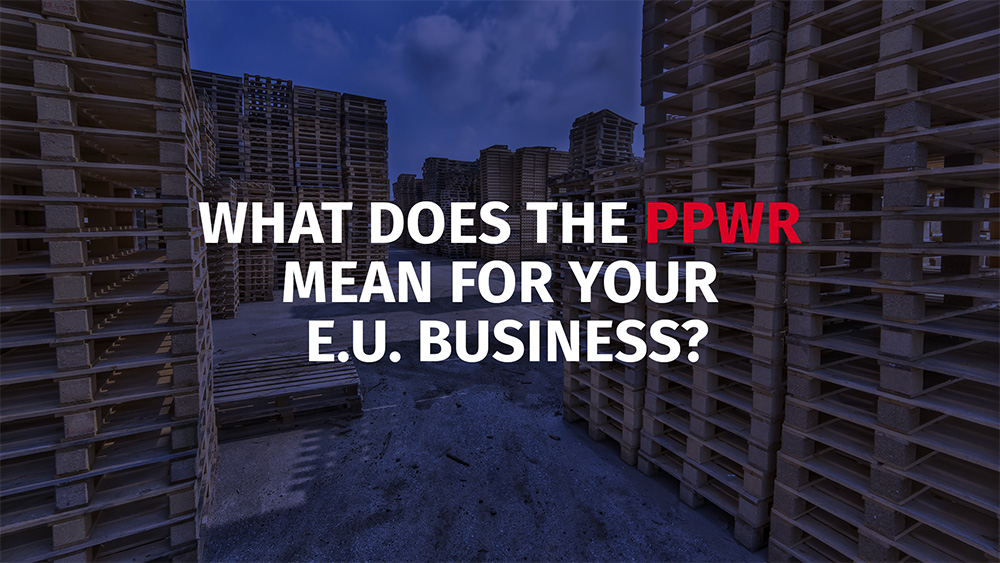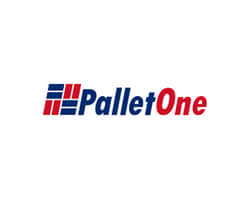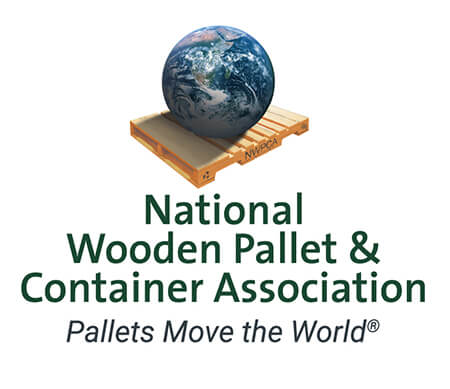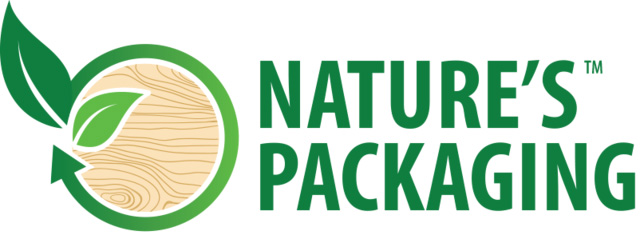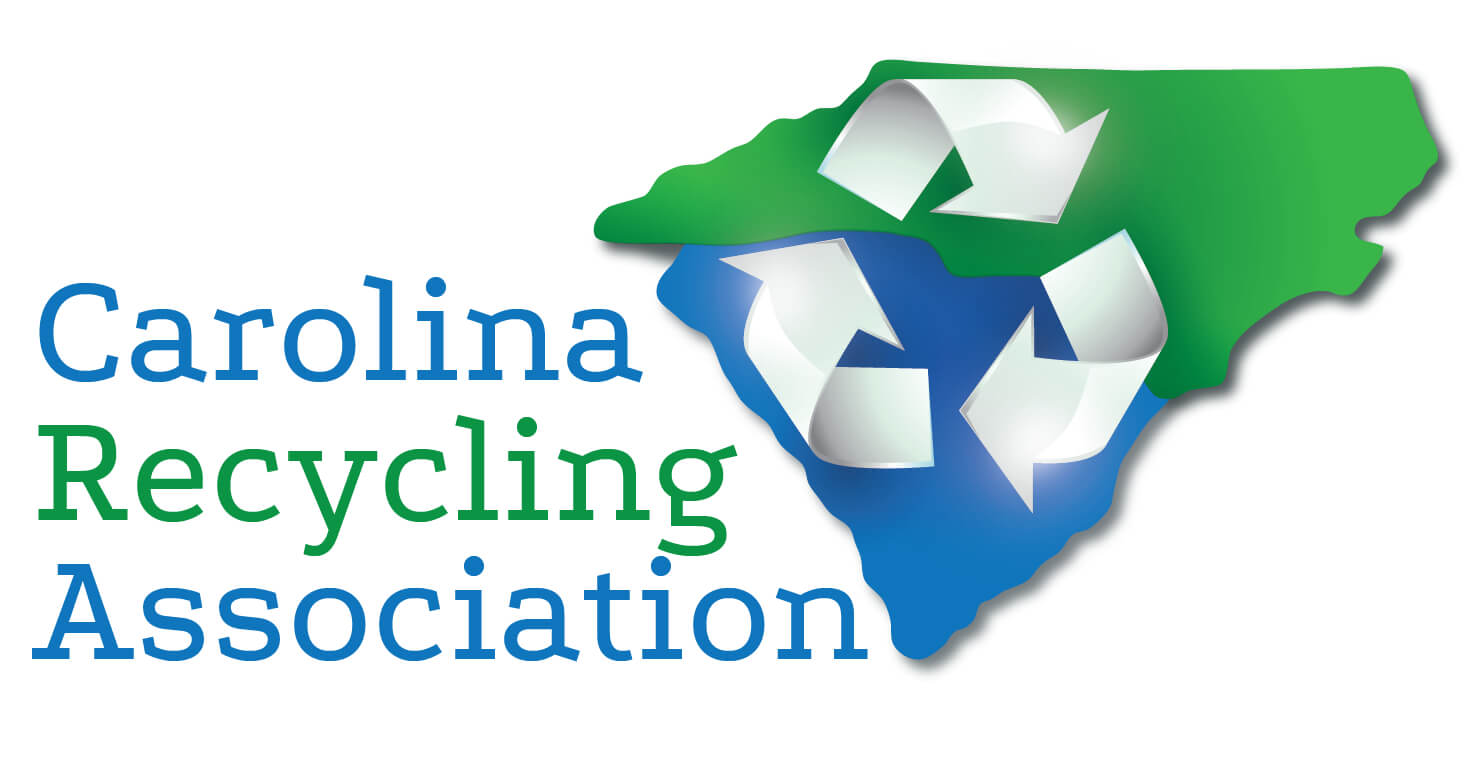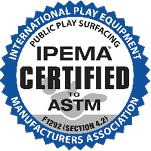If your company ships goods to Europe, the proposed changes to the EU’s Packaging and Packaging Waste Directive (PPWD) will be crucial to monitor. While vigorous lobbying efforts by various interest groups may yet result in delays or target reductions, make no mistake: Change is coming, and you will need to be ready for it.
To take a step back, the European Commission has established itself as a global leader in legislative efforts to reduce solid waste, having released its Circular Economy Action Plan on March 11, 2020. Then, in November 2022, as part of the European Green Deal and circular economy action plan, the Commission put forward a revision of The Packaging and Packaging Waste Directive (PPWD – Directive 94/62/EC).
The proposed changes have been made to combat Europe’s growing solid waste issue. Consider that, on average, every European generates almost 400 lbs. of packaging waste annually. The packaging industry heavily relies on virgin resources to supply that packaging, consuming 40% of the EU’s plastics and half of its paper. If left unchecked, the EU could witness a surge of 19% in packaging waste and a staggering 46% rise in plastic packaging waste by 2030.
The initiative’s objective moves beyond its original emphasis on recycling and waste diversion, ensuring that all packaging is reusable or recyclable in an economically feasible way by 2030. The revision aims to ensure packaging reuse and recycling, boost the uptake of recycled content, and improve the requirements’ enforceability.
The proposed changes include targets for the adoption of reusable packaging for both consumer and transport packaging. For example, 90% of large appliances should be delivered in reusable packaging by 2030. Regarding ecommerce packages, 10% should be reusable by 2030 and 50% by 2040. For transport packaging, including secondary and tertiary packaging, including pallets, 30% should be reusable by 2030 and 90% by 2040.
So, what does it mean for exporters? To start, North American companies will have to be ready to comply with the new packaging requirements of European customers as they shift to meet the new EU standards for recyclability, reusability, and the use of recycled content. Non-compliant packaging might lead to goods being refused or facing additional costs.
For example, in the case of wood pallets, there has been speculation that stringer pallets will be considered expendable rather than reusable. Even though stringer pallets are reusable, they are not necessarily readily reusable in European commerce. In this situation, goods exported to the EU would need to be palletized on block pallets to be compliant. Most EU reusable pallet programs, such as EPAL and CP, are based on block pallets.
Did you know that PalletOne is an authorized producer of reusable CP block pallets, an internationally accepted range of pallet sizes? As the regulation evolves, PalletOne will continue to monitor the situation closely. Watch for future blog updates or reach out to PalletOne to find out more.

